


Glufosinate Ammonium 13.5% SL is a broad-spectrum, non-selective contact herbicide used for post-emergence weed control in agricultural and non-crop areas. It inhibits glutamine synthetase, causing ammonia accumulation and disrupting photosynthesis, leading to weed desiccation and death. It is widely used as an alternative to glyphosate, particularly in glyphosate-resistant weed management programs. Also known as Ammonium (2S)-2-amino-4-[hydroxy(methyl)phosphoryl]butanoate


Glufosinate Ammonium 13.5% SL is a broad-spectrum, non-selective contact herbicide used for post-emergence weed control in agricultural and non-crop areas. It inhibits glutamine synthetase, causing ammonia accumulation and disrupting photosynthesis, leading to weed desiccation and death. It is widely used as an alternative to glyphosate, particularly in glyphosate-resistant weed management programs. Also known as Ammonium (2S)-2-amino-4-[hydroxy(methyl)phosphoryl]butanoate

.3d8f8f41.svg)
Agrochemicals
.3556d45a.svg)

Crop Protection & Pest Control


Herbicides
Included in Quote
Included in Quote
Included in Quote
Included in Quote
.7767eb0f.png)

Chemical Properties & Specifications
Used for weed control in row crops, orchards, vineyards, and plantations.
Applied for non-selective weed management in nurseries and landscaping.
Controls weeds in non-crop areas like roadsides, railways, and industrial sites.
It inhibits glutamine synthetase, causing ammonia buildup in plant tissues, leading to cell toxicity and death.
It effectively controls annual and perennial broadleaf weeds and grasses, including glyphosate-resistant species.
No, it is a contact herbicide, meaning it only affects the parts of the plant it directly touches.
Yes, it is often tank-mixed with other herbicides for broader weed control and resistance management.
It decomposes rapidly in the soil, reducing environmental persistence and allowing for crop rotation.
When used as directed, it has low acute toxicity but should be handled with proper safety precautions to avoid skin and eye irritation.
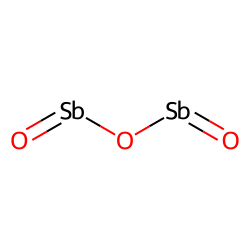
CAS No. : 1309-64-4
Category : Inorganic compound
Sub-Category : Flame retardants
Description: Antimony trioxide (Sb2O3) is an inorganic compound commonly used as a flame retardant and as a catal...
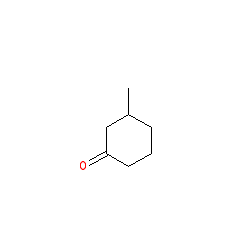
CAS No. : 36306-87-3
Category : Fragrance Ingredients
Sub-Category : Aroma Chemicals
Description: Kephalis is widley used in many industries. It plays a key role in the production of resins, coating...
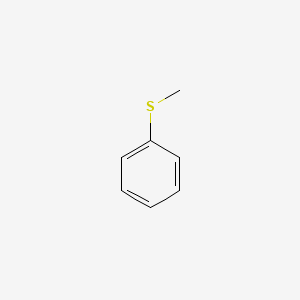
CAS No. : 100-68-5
Category : Pharmaceutical Actives & Precursors
Sub-Category : Intermediates & Precursors
Description: Thioanisole is a colorless to light yellow liquid with an aromatic odor. It serves as a valuable int...
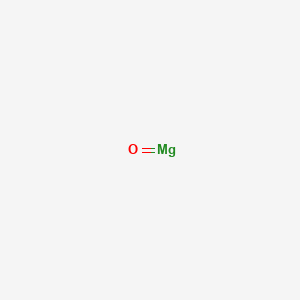
CAS No. : 1309-48-4
Category : Inorganic compound
Sub-Category : Magnesium compounds
Description: Magnesium oxide, commonly known as magnesia, is a white hygroscopic solid mineral that occurs natura...
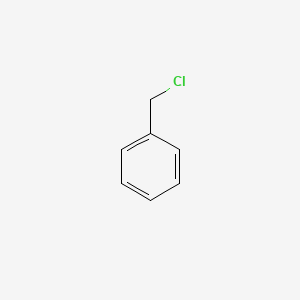
CAS No. : 100-44-7
Category : Organic Intermediate
Sub-Category : Reagents
Description: Benzyl Chloride is a colorless to pale yellow liquid with a pungent odor. It is primarily used as an...